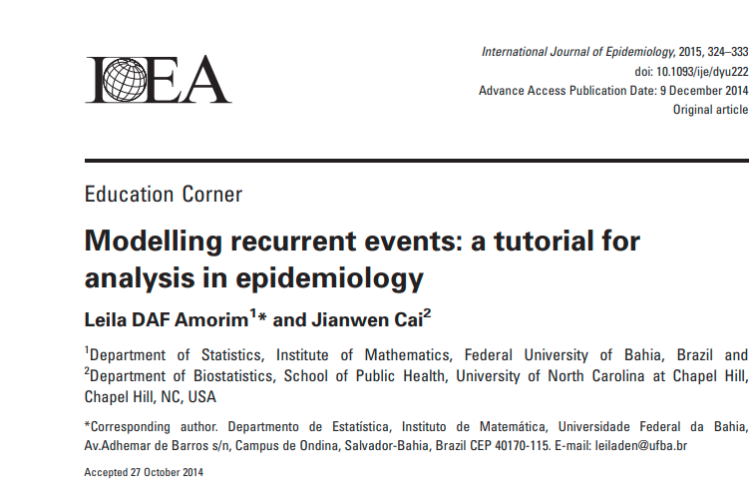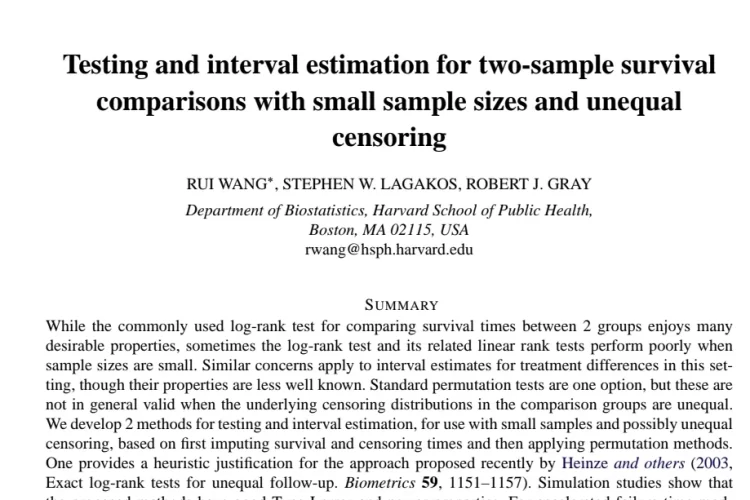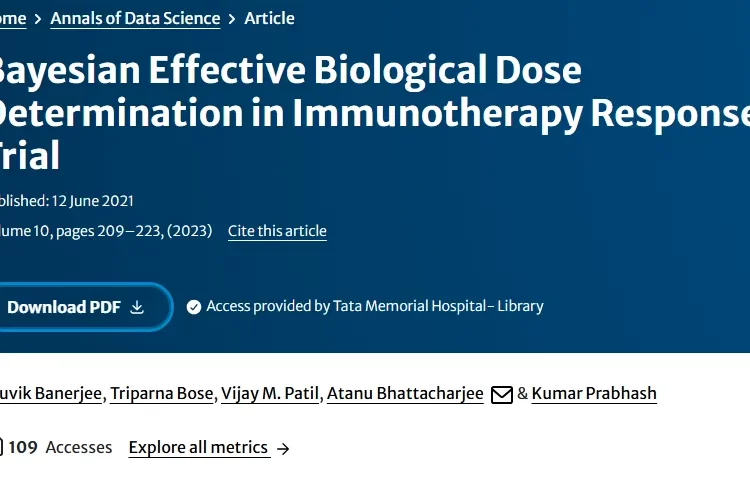Understanding Recurrent Events in Epidemiology: A Guide to Statistical Modeling By Akash Pawar
In epidemiological research, we often encounter situations where individuals experience the same event multiple times. Think of hospital readmissions, recurring infections, or repeated disease flare-ups. Analyzing this type of data requires specialized statistical approaches that go beyond traditional survival analysis, which typically focuses only on the time to the first event.Amorim and Cai (2014) published
Read More



